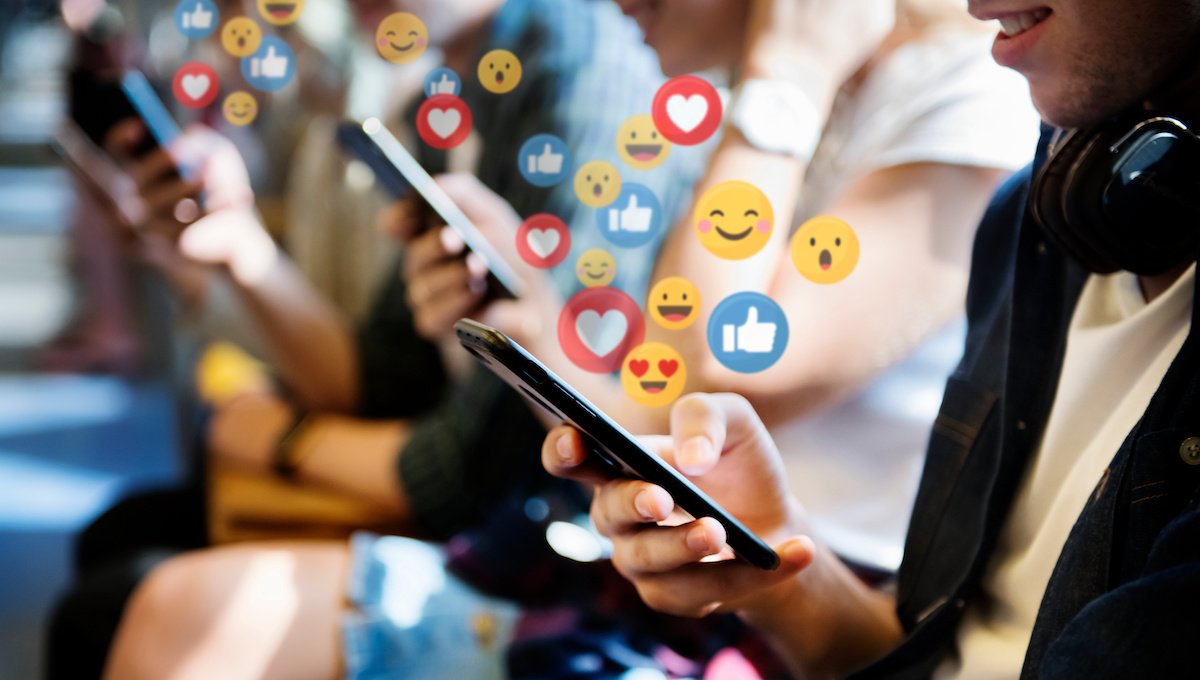Benefits of Digital Technology
Positive impact on emotional health when balanced
Stress reduction and relaxation when balanced
Promote family closeness when gaming or watching videos together
Create social networks and friends
Creativity – YouTube learning, Stopmotion
Communication devices
Online support/Inclusion
Globally connected
Digital Literacy
Less need for masking
Diana Graber, Founder of Cyberwise
Screens Meet
6 Basic Needs
Certainty
Variety
Significance/
Belonging
Connection/Love
Growth
Contribution
Resource: Video Game Addiction Handbook for Parents by Cam Adair and Karim Saleh
How is digital tech meeting these needs?
How do we meet these needs without screens?
Be wary of people attaching to devices instead of parent/caregiver/partner(s).
Soothing Ideas
Movement
Art/Hobbies
Journal/Writing/Voice memo
Hanging out with people in person (social development)
Music
Anchoring/5 Senses/Mindfulness
Boundary Setting
Ventral Vagal techniques
Tips for calmingWindow of Tolerance
Havening (havening.org)/Butterfly Hug
Cold water/Shower/Warm Bath
Playfulness and Play
Parents / Partners Can Role Model this and Encourage this
Strategies to
Reduce Screen Use
Have something else for the person to look forward to when getting off tech
Put Phone in Grey scale
High dopamine/low dopamine approach
Teach planning/organization
Turn off notifications
Explain you will be away from your phone (teach communications about these things)
Monotasking(Paolo Cardini)
High and Low Dopamine Approach
Dr. Clifford Sussman
HDA (instant gratification): gaming, social media, online shopping, etc.
LDA (takes time): working out, chores, sports, art projects, shower, conversation, cooking, etc.
Bingeing leads to a lack of dopamine receptors, numbed out, constantly seeking.
One hour of gaming (HDA) then one hour of LDA activity then one hour of gaming. Teaches self-regulation with limits. Less focus on how much time on screen and more on teaching delayed gratification.
D O P A M I N E
A chemical released
in your brain that
provides an
instant pay off.
D ata - how much time?
O bjectives - what do you want to change?
P roblems - what are the challenges around tech?
A bstinence - Taking a 12-14 day detox can reset the brain’s dopamine.
M indfulness - How do you want to use tech so it is beneficial in your life?
I nsight - What did you learn by being off tech or exploring these ideas?
N ext Steps - What can you try to do now or do differently?
E xperiment - Try different approaches and see what works and does not.
Resource: Dopamine Nation by Dr. Anna Lembke
Components of Health
Our Lives Become What We Pay Attention to:
Mental
Talk/ask about what thoughts one is having
(Bounce Back program - CBT) Mindfulness, Meditation
Spiritual
Religion, nature, art, writing,
music, purpose, values and hobbies.
Physical
Sleep, nutrition (meals together), hydration, movement, vitamins, touch, breathwork, sometimes medications, substances
“78% of children sleep deprived and chronically dehydrated” Dr. Shimi Kang
Social
Friends, family, connections, pets
In person connections are needed
Sexual
We need to talk about sex; for younger people we need to talk about what they may see online and how to cope. For youth and adults we need to talk about porn and other sexual health strengths/challenges.
Digital
Limits, filters, ongoing check ins and conversations, schedule in tech with limits.
Emotional
Feelings, validation, co-regulation (Connect before Redirect Dr. Dan Siegel)
Cannot control emotions, only respond to them. Fun is a feeling not an activity.
Environmental
Home (contributions/chores), financial), school and work environments
Creating strength based environments, healthy risk taking and boundaries/limits
Financial
We need to teach our kids how to manage money and/or get support ourselves if we need it. Shopping addiction, gambling and other financial challenges can arise.





